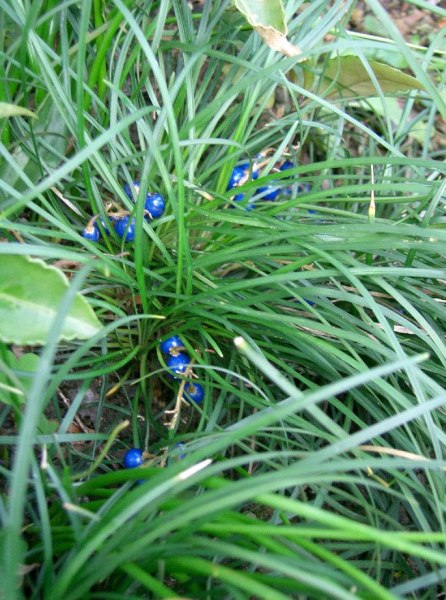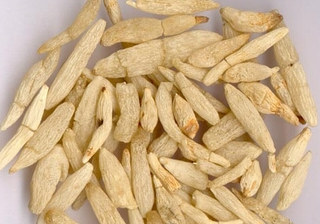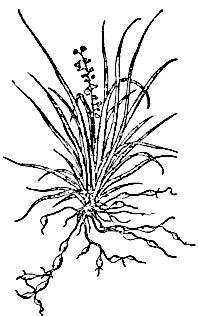[1] Barefoot Doctor's Manual- 1977 Prepared
by the Revolutionary Health Committee of Hunan Province. Original Chinese manual-
Victor W. Sidel. Originally published by Dr Joseph Quin and the Fogarty International
centre, Bethdesda (1974). Madrona Publishers Seattle Washington ISBN 0-914842-52-8
[2] A Complete English Dictionary of Medicinal Terms in Chinese Acupuncture
and Herbalism 1981- Henry Lu Chinese Foundations of Natural Health- The Academy
of Oriental Heritage, Vancouver, Canada.
Images
1.
commons.wikimedia.org
2.
[1]
3.
royallivingformulas.com
 Ophiopogon
japonicus. 麦
门 冬
Mài mén dōng Lilyturf
root Family: Liliaceae
Ophiopogon
japonicus. 麦
门 冬
Mài mén dōng Lilyturf
root Family: Liliaceae

 HABITAT: Grows in mountain wilds or in damp and shady places
in the forest.
HABITAT: Grows in mountain wilds or in damp and shady places
in the forest.